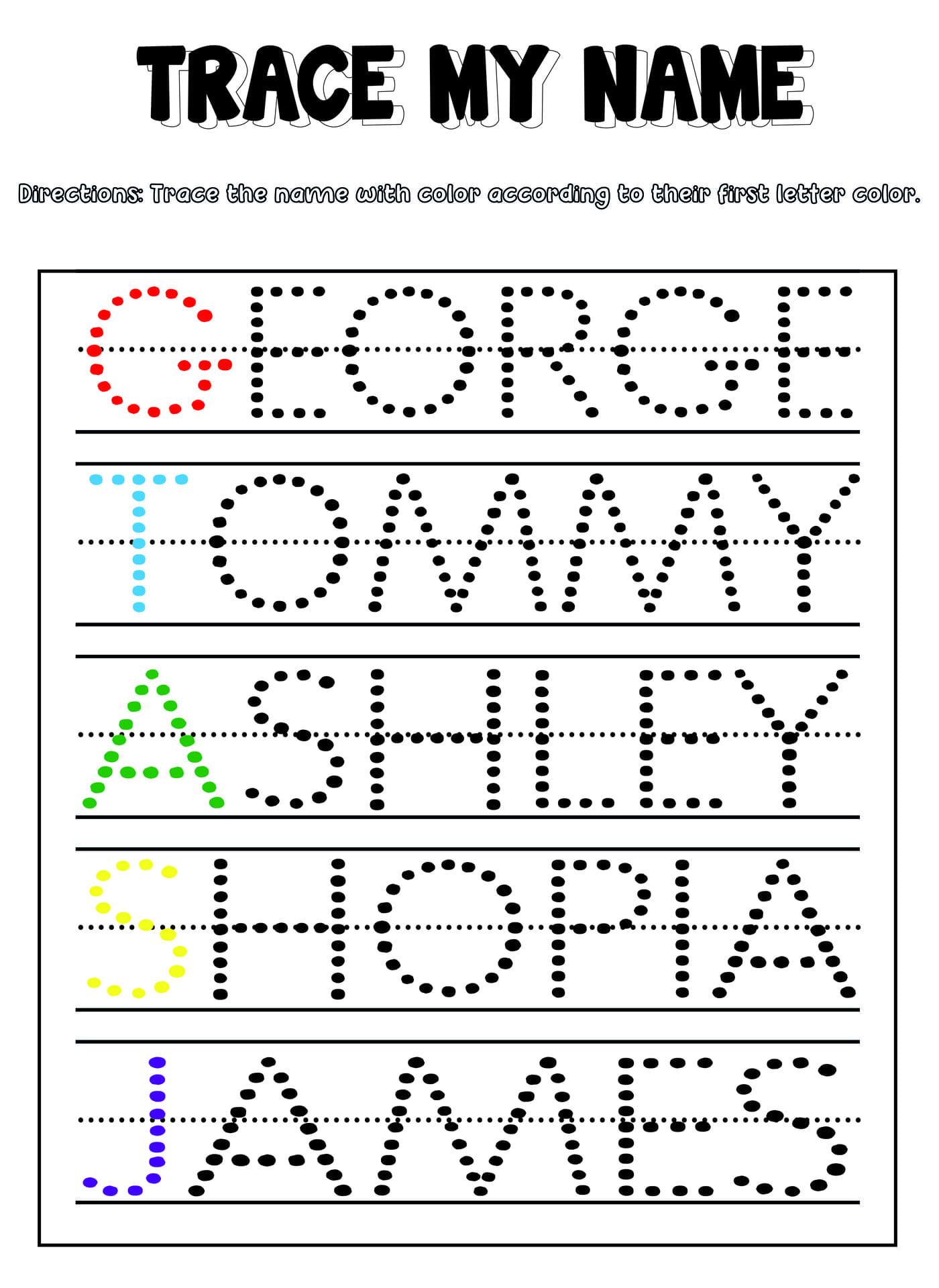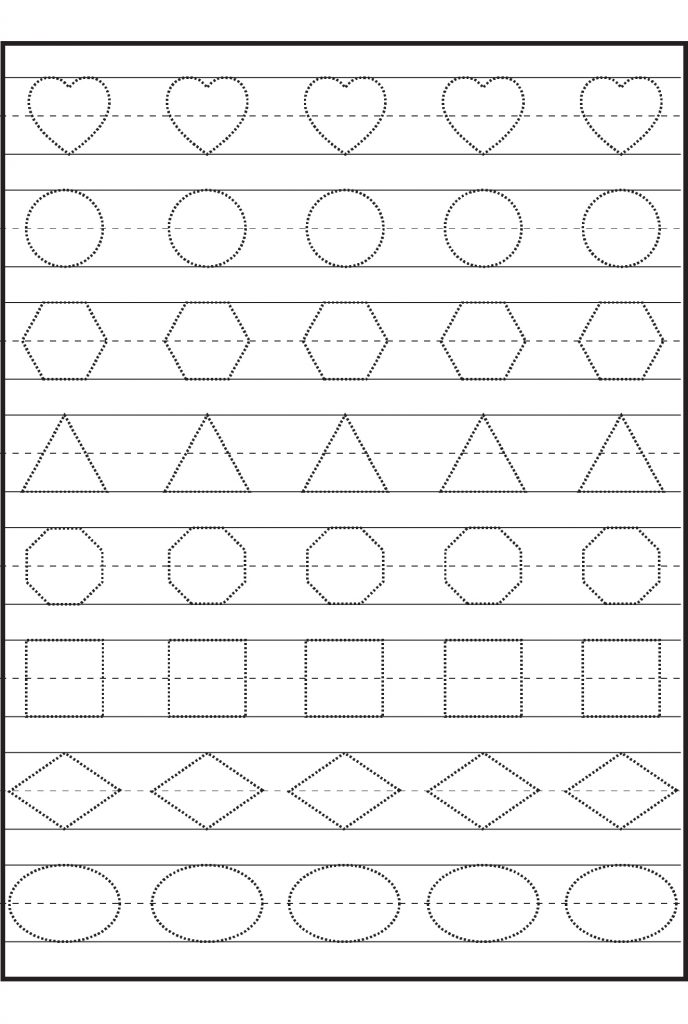
Spending valuable time during early childhood learning the alphabet, coloring letters, writing, letters, and writing on worksheets will ultimately lead to future understanding and success in literacy. If we skip over this foundation, problems can crop up later when children are faced with rhyming/identifying sounds/breaking words apart and ultimately reading for comprehension. We shouldn’t take any of these early understandings lightly. We then put those letters/sounds together to create words. As young children learn the names of the letters, they also learn that each letter produces a specific sound. Learning letter names is the first step toward an understanding of the magic of reading.

As preschoolers learn to name the upper- and lower-case letters, an important foundation begins to form.
TRACING KINDERGARTEN WORKSHEETS HOW TO
Learning to identify uppercase and lowercase letters is an important part of learning both how to read and write. Each day provides new opportunities to explore their environment based on the experiences they have at home, on-the-go, at school and anywhere life takes them.

Toddlers and preschoolers are busy learning 24/7. Why Letter Recognition is Key in Early Childhood

Each worksheet includes a grid for “spying” the target letter, a large letter for tracing with dot to dot numbered lines to encourage correct letter formation, and three smaller uppercase letters on dotted printing lines for more tracing practice. The Easy Kindergarten Alphabet Worksheets for Tracing feature all 26 uppercase letters. Little do they know, the are truly paving the way toward future reading accomplishments. Their little brains soak up this information as readily as anything. Watching preschoolers develop a real sense of letters is truly like watching them open up a special gift on Christmas morning.


 0 kommentar(er)
0 kommentar(er)
